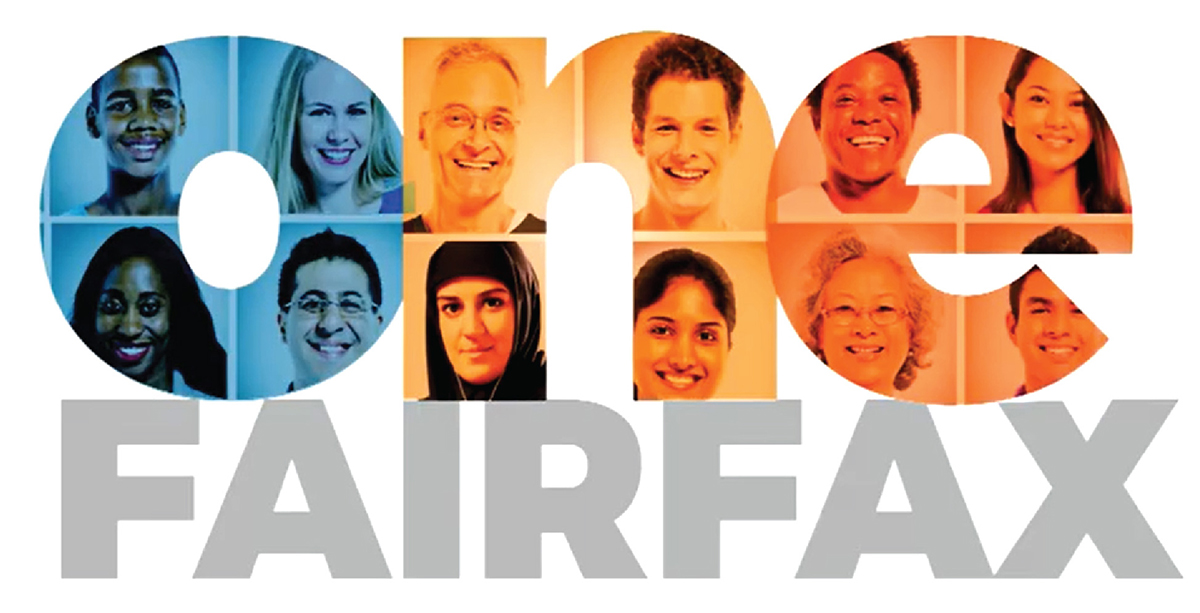(by Linda Hernandez-Giblin, Fairfax Area Agency on Aging)
 In keeping with Fairfax County’s One Fairfax policy, all SHAPE programs and initiatives must consider equity in the initiatives that are proposed. Equity is the commitment to promote fairness and justice for all residents, regardless of age, race, color, sex, sexual orientation, gender identity, religion, national origin, marital status, disability, socio-economic status or neighborhood of residence or other characteristics.
In keeping with Fairfax County’s One Fairfax policy, all SHAPE programs and initiatives must consider equity in the initiatives that are proposed. Equity is the commitment to promote fairness and justice for all residents, regardless of age, race, color, sex, sexual orientation, gender identity, religion, national origin, marital status, disability, socio-economic status or neighborhood of residence or other characteristics.
As the SHAPE Committees built initiatives, they took time to apply an equity lens to their developing ideas to ensure that equity was a foundational concept in the implementation phase of the SHAPE the Future of Aging Plan. The committees participated in guided discussions using the Department of Family Services (DFS) “Equity Analysis Framework for Proposed DFS Policy and Business Process Changes” as a model to evaluate if the initiatives were unintentionally creating barriers for communities who have inequitable access and opportunity. The committees also talked about how to enhance initiatives to ensure access. As an example, when working on a brain health initiative, the committee learned about the higher prevalence of memory loss in two populations. This discussion informed the approach to target services to those in need with higher incidence of memory loss. The classes will still serve any participant and the equity review process uncovered target areas to help grow and guide the initiative to meet an identified need.
The discussions brought together Commissioners, staff, non-profit organizations and community partners, to learn about the One Fairfax equity framework, and to practice discussions on equity as committees reviewed the budding ideas. This process started to create a common understanding about equity as it relates to shaping the strategic plan for people 50 and over and people with disabilities in the community.
Equity discussions are not a one-time activity and require a multi-faceted approach. While intentionally putting the equity lens at the beginning of the planning process, the committees will continue to consider equity throughout the process of developing initiatives. We are building a collective muscle – it takes time, commitment and learning. We are building capacity, ensuring equitable outcomes, challenging assumptions and amplifying voices.